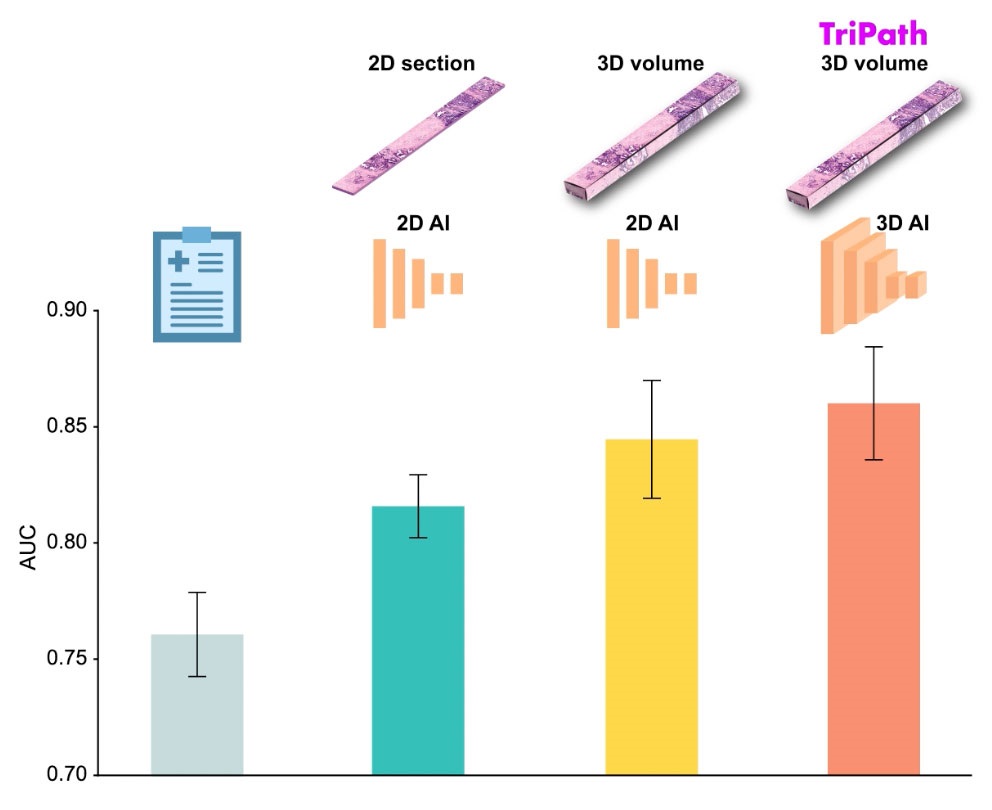Global Robotic Lab Systems Market Reaches USD 8.8 Billion
|
By LabMedica International staff writers Posted on 05 Jun 2017 |
The size of the global robotic laboratory automation systems market has reached USD 8.8 billion, with its future growth likely to be driven by an imbalance between the high demand for diagnostics and the lack of supply of qualified technicians. These are the latest findings of Kalorama Information, (New York, NY, USA), an independent medical market research firm.
According to Kalorama, most laboratories performing medical sample analyses continue to use manual distribution systems, with labor still accounting for about 60% of the cost of lab services. Robotic technology can be harnessed to completely automate the workflow process. A number of laboratory processes are suited for robotic automation, particularly those that involve repetitive movements, such as pick and place; heating and cooling specimens; as well as mixing, shaking, and testing specimens.
Laboratory robots can manage specimen tubes, prepare them for testing, and allow for sample tracking throughout the testing process, from collection to results. The systems have various modules comprising several units, such as decappers, sorters, centrifuges, analyzers, and refrigerators, that participate in sample preparation, transport to analytical instruments — such as hematology, chemistry and immunoassay analyzers — and post-analytical storage.
Since commercial off-the-shelf (OTS) systems do not exist for many complex and proprietary lab operations, task-targeted robotic systems are custom designed and configured for specific applications, often pre- and post-analytical processes, in order to eliminate any inconsistencies and shorten the time for technicians waiting to get their desired test results.
However, in comparison with manufacturing and service industries, diagnostic laboratories lag behind in utilizing large-scale industrial robotics and automation for productivity, capacity, and quality improvements. In recent years, considerable progress has been made in automation and robotization of analytical separation and processing, although the progress made in automating wet lab workflows has been comparatively much slower, largely due to the lack of available tools.
“More than two-thirds of clinical decisions are based on laboratory test results, and new tests are developed constantly. But a shrinking field of qualified laboratory personnel, while demand grows requires something to handle the tasks created,” said Bruce Carlson, Publisher of Kalorama Information. “Many laboratories are constrained by tight budgets and limited resources. This often makes purchasing, replacing, or even expanding laboratory robotics and automation a daunting endeavor.”
Related Links
Kalorama Information
According to Kalorama, most laboratories performing medical sample analyses continue to use manual distribution systems, with labor still accounting for about 60% of the cost of lab services. Robotic technology can be harnessed to completely automate the workflow process. A number of laboratory processes are suited for robotic automation, particularly those that involve repetitive movements, such as pick and place; heating and cooling specimens; as well as mixing, shaking, and testing specimens.
Laboratory robots can manage specimen tubes, prepare them for testing, and allow for sample tracking throughout the testing process, from collection to results. The systems have various modules comprising several units, such as decappers, sorters, centrifuges, analyzers, and refrigerators, that participate in sample preparation, transport to analytical instruments — such as hematology, chemistry and immunoassay analyzers — and post-analytical storage.
Since commercial off-the-shelf (OTS) systems do not exist for many complex and proprietary lab operations, task-targeted robotic systems are custom designed and configured for specific applications, often pre- and post-analytical processes, in order to eliminate any inconsistencies and shorten the time for technicians waiting to get their desired test results.
However, in comparison with manufacturing and service industries, diagnostic laboratories lag behind in utilizing large-scale industrial robotics and automation for productivity, capacity, and quality improvements. In recent years, considerable progress has been made in automation and robotization of analytical separation and processing, although the progress made in automating wet lab workflows has been comparatively much slower, largely due to the lack of available tools.
“More than two-thirds of clinical decisions are based on laboratory test results, and new tests are developed constantly. But a shrinking field of qualified laboratory personnel, while demand grows requires something to handle the tasks created,” said Bruce Carlson, Publisher of Kalorama Information. “Many laboratories are constrained by tight budgets and limited resources. This often makes purchasing, replacing, or even expanding laboratory robotics and automation a daunting endeavor.”
Related Links
Kalorama Information
Latest Industry News
- Danaher and Johns Hopkins University Collaborate to Improve Neurological Diagnosis
- Beckman Coulter and MeMed Expand Host Immune Response Diagnostics Partnership
- Thermo Fisher and Bio-Techne Enter Into Strategic Distribution Agreement for Europe
- ECCMID Congress Name Changes to ESCMID Global
- Bosch and Randox Partner to Make Strategic Investment in Vivalytic Analysis Platform
- Siemens to Close Fast Track Diagnostics Business
- Beckman Coulter and Fujirebio Expand Partnership on Neurodegenerative Disease Diagnostics
- Sysmex and Hitachi Collaborate on Development of New Genetic Testing Systems
- Sysmex and CellaVision Expand Collaboration to Advance Hematology Solutions
- BD and Techcyte Collaborate on AI-Based Digital Cervical Cytology System for Pap Testing
- Medlab Middle East 2024 to Address Transformative Potential of Artificial Intelligence
- Seegene and Microsoft Collaborate to Realize a World Free from All Diseases and Future Pandemics
- Medlab Middle East 2024 to Highlight Importance of Sustainability in Laboratories
- Fujirebio and Agappe Collaborate on CLIA-Based Immunoassay
- Medlab Middle East 2024 to Highlight Groundbreaking NextGen Medicine
- bioMérieux Acquires Software Company LUMED to Support Fight against Antimicrobial Resistance
Channels
Clinical Chemistry
view channel
3D Printed Point-Of-Care Mass Spectrometer Outperforms State-Of-The-Art Models
Mass spectrometry is a precise technique for identifying the chemical components of a sample and has significant potential for monitoring chronic illness health states, such as measuring hormone levels... Read more.jpg)
POC Biomedical Test Spins Water Droplet Using Sound Waves for Cancer Detection
Exosomes, tiny cellular bioparticles carrying a specific set of proteins, lipids, and genetic materials, play a crucial role in cell communication and hold promise for non-invasive diagnostics.... Read more
Highly Reliable Cell-Based Assay Enables Accurate Diagnosis of Endocrine Diseases
The conventional methods for measuring free cortisol, the body's stress hormone, from blood or saliva are quite demanding and require sample processing. The most common method, therefore, involves collecting... Read moreMolecular Diagnostics
view channelBlood Proteins Could Warn of Cancer Seven Years before Diagnosis
Two studies have identified proteins in the blood that could potentially alert individuals to the presence of cancer more than seven years before the disease is clinically diagnosed. Researchers found... Read moreUltrasound-Aided Blood Testing Detects Cancer Biomarkers from Cells
Ultrasound imaging serves as a noninvasive method to locate and monitor cancerous tumors effectively. However, crucial details about the cancer, such as the specific types of cells and genetic mutations... Read moreHematology
view channel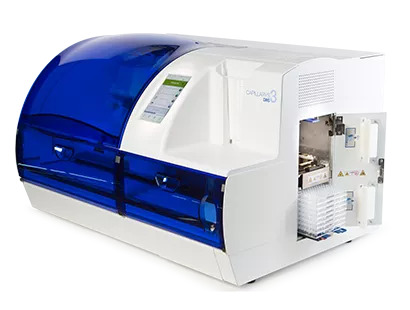
Next Generation Instrument Screens for Hemoglobin Disorders in Newborns
Hemoglobinopathies, the most widespread inherited conditions globally, affect about 7% of the population as carriers, with 2.7% of newborns being born with these conditions. The spectrum of clinical manifestations... Read more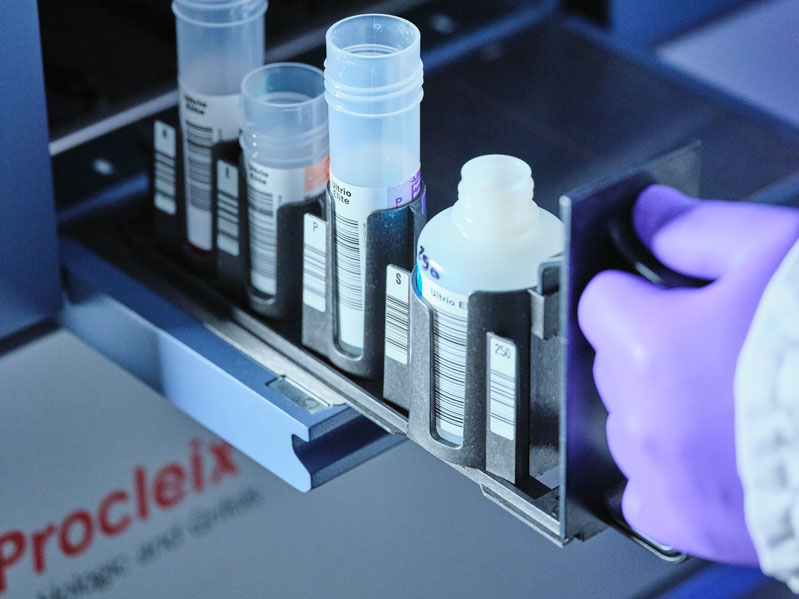
First 4-in-1 Nucleic Acid Test for Arbovirus Screening to Reduce Risk of Transfusion-Transmitted Infections
Arboviruses represent an emerging global health threat, exacerbated by climate change and increased international travel that is facilitating their spread across new regions. Chikungunya, dengue, West... Read more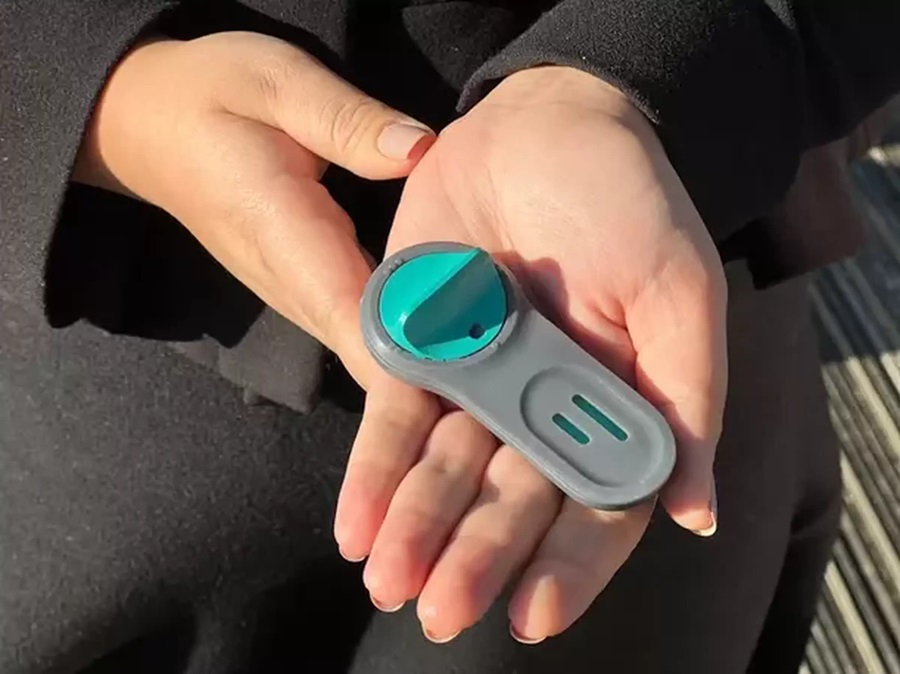
POC Finger-Prick Blood Test Determines Risk of Neutropenic Sepsis in Patients Undergoing Chemotherapy
Neutropenia, a decrease in neutrophils (a type of white blood cell crucial for fighting infections), is a frequent side effect of certain cancer treatments. This condition elevates the risk of infections,... Read more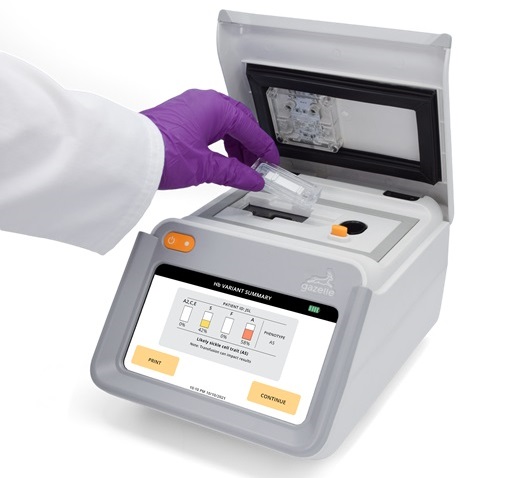
First Affordable and Rapid Test for Beta Thalassemia Demonstrates 99% Diagnostic Accuracy
Hemoglobin disorders rank as some of the most prevalent monogenic diseases globally. Among various hemoglobin disorders, beta thalassemia, a hereditary blood disorder, affects about 1.5% of the world's... Read moreImmunology
view channel.jpg)
AI Predicts Tumor-Killing Cells with High Accuracy
Cellular immunotherapy involves extracting immune cells from a patient's tumor, potentially enhancing their cancer-fighting capabilities through engineering, and then expanding and reintroducing them into the body.... Read more
Diagnostic Blood Test for Cellular Rejection after Organ Transplant Could Replace Surgical Biopsies
Transplanted organs constantly face the risk of being rejected by the recipient's immune system which differentiates self from non-self using T cells and B cells. T cells are commonly associated with acute... Read more
AI Tool Precisely Matches Cancer Drugs to Patients Using Information from Each Tumor Cell
Current strategies for matching cancer patients with specific treatments often depend on bulk sequencing of tumor DNA and RNA, which provides an average profile from all cells within a tumor sample.... Read more
Genetic Testing Combined With Personalized Drug Screening On Tumor Samples to Revolutionize Cancer Treatment
Cancer treatment typically adheres to a standard of care—established, statistically validated regimens that are effective for the majority of patients. However, the disease’s inherent variability means... Read moreMicrobiology
view channel
Integrated Solution Ushers New Era of Automated Tuberculosis Testing
Tuberculosis (TB) is responsible for 1.3 million deaths every year, positioning it as one of the top killers globally due to a single infectious agent. In 2022, around 10.6 million people were diagnosed... Read more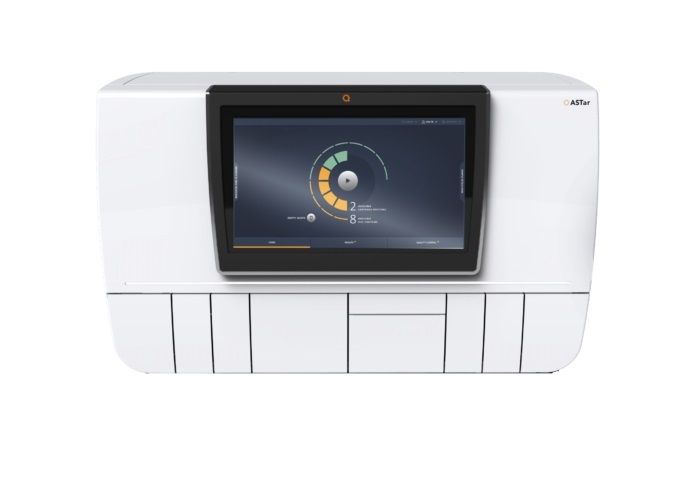
Automated Sepsis Test System Enables Rapid Diagnosis for Patients with Severe Bloodstream Infections
Sepsis affects up to 50 million people globally each year, with bacteraemia, formerly known as blood poisoning, being a major cause. In the United States alone, approximately two million individuals are... Read moreEnhanced Rapid Syndromic Molecular Diagnostic Solution Detects Broad Range of Infectious Diseases
GenMark Diagnostics (Carlsbad, CA, USA), a member of the Roche Group (Basel, Switzerland), has rebranded its ePlex® system as the cobas eplex system. This rebranding under the globally renowned cobas name... Read more
Clinical Decision Support Software a Game-Changer in Antimicrobial Resistance Battle
Antimicrobial resistance (AMR) is a serious global public health concern that claims millions of lives every year. It primarily results from the inappropriate and excessive use of antibiotics, which reduces... Read morePathology
view channel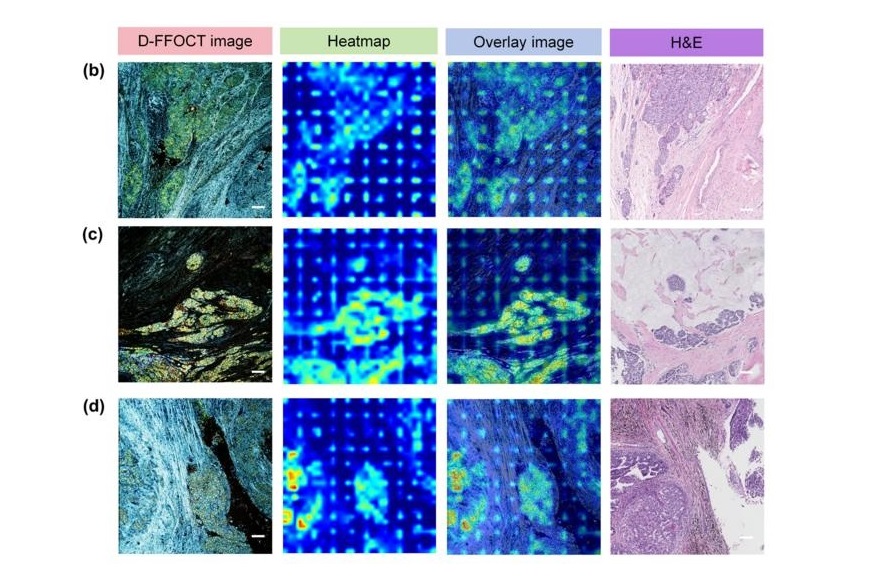
AI Integrated With Optical Imaging Technology Enables Rapid Intraoperative Diagnosis
Rapid and accurate intraoperative diagnosis is essential for tumor surgery as it guides surgical decisions with precision. Traditional intraoperative assessments, such as frozen sections based on H&E... Read more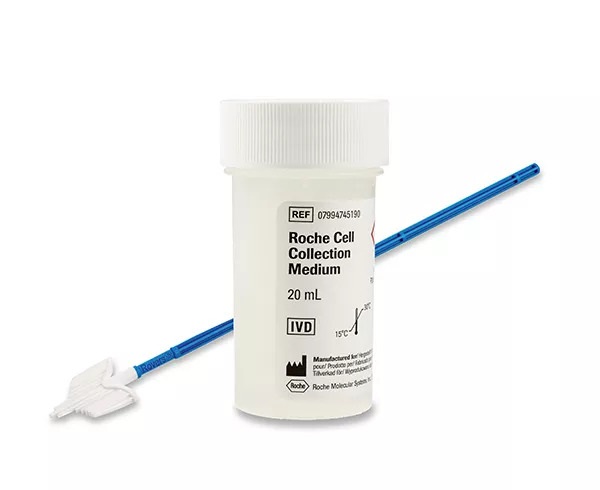
HPV Self-Collection Solution Improves Access to Cervical Cancer Testing
Annually, over 604,000 women across the world are diagnosed with cervical cancer, and about 342,000 die from this disease, which is preventable and primarily caused by the Human Papillomavirus (HPV).... Read moreHyperspectral Dark-Field Microscopy Enables Rapid and Accurate Identification of Cancerous Tissues
Breast cancer remains a major cause of cancer-related mortality among women. Breast-conserving surgery (BCS), also known as lumpectomy, is the removal of the cancerous lump and a small margin of surrounding tissue.... Read moreTechnology
view channel
New Diagnostic System Achieves PCR Testing Accuracy
While PCR tests are the gold standard of accuracy for virology testing, they come with limitations such as complexity, the need for skilled lab operators, and longer result times. They also require complex... Read more
DNA Biosensor Enables Early Diagnosis of Cervical Cancer
Molybdenum disulfide (MoS2), recognized for its potential to form two-dimensional nanosheets like graphene, is a material that's increasingly catching the eye of the scientific community.... Read more
Self-Heating Microfluidic Devices Can Detect Diseases in Tiny Blood or Fluid Samples
Microfluidics, which are miniature devices that control the flow of liquids and facilitate chemical reactions, play a key role in disease detection from small samples of blood or other fluids.... Read more







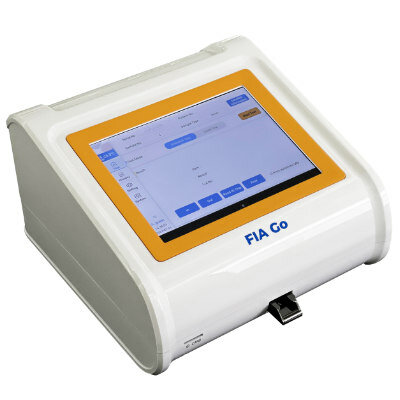

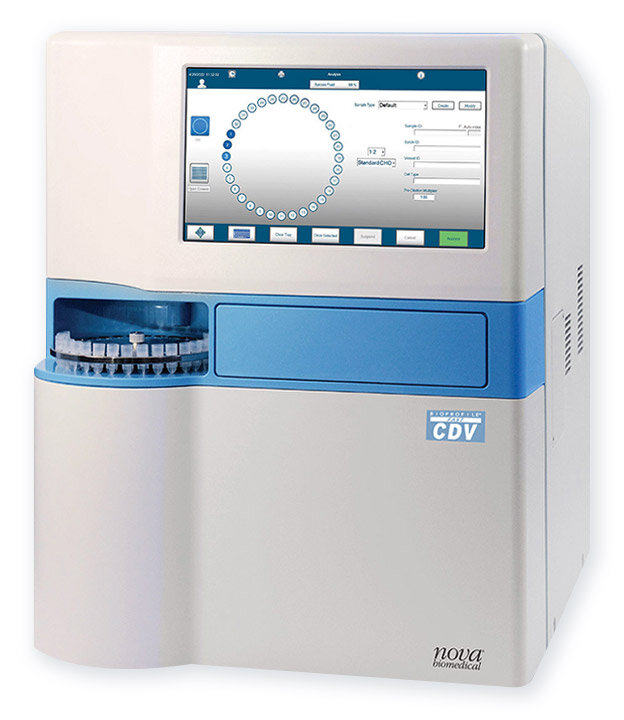


_1.jpg)
.jpg)
